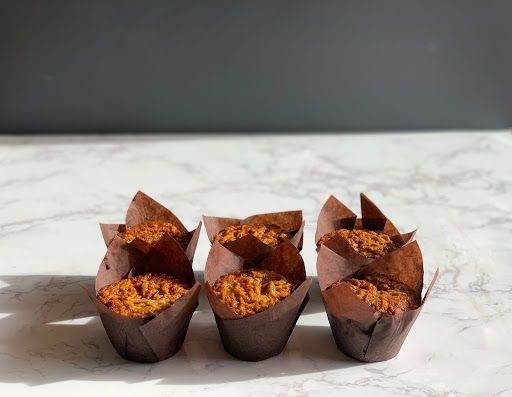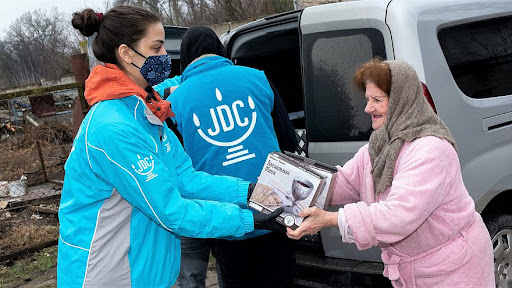- Pulished by
-
AD Media at
-
September 21, 2022
It’s coming up to that time of the year on the Jewish calender when Jews will be sending greetings and wishes of “Shanah Tovah” around the world.

Why are they doing this you ask?
Shanah Tovah means Happy New Year in Hebrew, which as you might have guessed, means Jewish New Year is right around the corner.
If you’re not familiar with Rosh Hashanah, the time of Rosh Hashanah for the Jewish world is the celebration of the arrival of Jewish New Year.
Let’s dig a little deeper into why this is such a special day for the Jewish world and what exactly it involves.
What is Rosh Hashanah?
Rosh Hashanah or Jewish New Year is a two-day religious holiday that marks the beginning of the Jewish High Holidays each fall.
The phrase means “head of the year” in Hebrew.
This religious holiday is also known as the Day of Trumpets, since according to tradition a wind instrument called a shofar is used. It is made from the horn of a kosher animal, whose sound symbolizes the blowing of a trumpet when a king is crowned by his people.
How is Rosh Hashanah Celebrated?
Rosh Hashanah begins at dusk on the first day of Tishrei (the seventh month of the Hebrew calendar) with the sound of the shofar, to awaken people from their slumber. It commemorates the creation of the first man, according to the Torah.
According to tradition, after the horn sounds, candles are lit during the two nights of Rosh Hashanah and the typical dishes of this religious festival are eaten. Some Jews make a habit of turning off electrical and electronic appliances.
As a curious and interesting fact, the horn is not blown if one of the two days of Rosh Hashanah falls on the Sabbath.
The Avinu Malkeinu (Jewish Our Father) is recited during these important dates and the phrases shana tová (which means good year) or shana tová metuká (happy and sweet year) are said.
The Jewish New Year begins with 10 days of repentance, known as Yamim Noraim (the Dreadful Days). It is the name of the days that pass between the new year and Yom Kippur (Day of Forgiveness or Atonement), considered the most important celebration in Judaism.
Subsequently, the Sukkot or Feast of Tabernacles is celebrated, which commemorates God’s protection of the Israelites as they wandered through the desert in search of the Promised Land.
Modern Day Rosh Hashanah

Jewish life today is characterized by its diversity and Rosh Hashanah is no exception.
There are many different ways of celebrating this holiday, depending on the type of observance of each individual Jew as well as on family traditions, many of which have to do with the historical geographical dispersion of Jews throughout the world, during which communities developed their own special rites.
In addition to the rest and blowing of the shofar, many Jews around the world greet the holiday with one or two symbol-filled family dinners.
Many will ring in the year by attending special services in synagogues while for others the holiday is welcomed with family or friends.
Of course, as befits any Jewish celebration, there is wine and there is usually a lot (some would say too much) food.
We’ll touch more on this topic in the next section.
Foods of Rosh Hashanah
An essential (and fun) aspect of all Jewish holiday celebrations around the world is the food.
And it makes sense, is there really a better way to bring people together?
Among the foods that are consumed during Rosh Hashanah, the following are very tasty notable standouts:
Gefilte fish (ground fish with onion, carrot and parsley that is baked in the form of a stick or boiled in the form of meatballs.
Lajmayin (a kind of meat pie).
Reshta (pasta and chicken).
Apples dipped in honey (symbolizing the wish for a sweet new year)
Apple cake with honey (as pictured below)

Photo credit: Monday Morning Cooking Club
Round Honey Challah (a sweet bread).
Dates
Various types of jams
How Can You Help This Jewish New Year
While holidays of this nature are always a fantastic opportunity to enjoy the company of family and friends, it’s also a time to reflect that there are those less fortunate.
Not everyone has the opportunity to enjoy a meal and take some time off with the ones that matter most.
Which is why at JDC, we’re raising money to support the individuals in Ukraine who are most affected by the deveasting situation unfolding in their country currently.
If you’d like to support the cause, check out this page for info on donating to Ukraine this Rosh Hashanah.

-
JDC
-
February 08, 2023
JDC is in Turkey Helping Provide Relief and Recovery After Devasting Earthquakes
-
Web Development
-
February 06, 2023
One Refugee Worker In Moldova Discusses Her Lifesaving Work With Jewish Refugees
Get updates from The Joint & JDC
It’s the easiest way to keep up to date with all our latest news, events and fundraising activities.
© 2024 The Joint Australia | Partner of American Jewish Joint Distribution Committee, Inc

